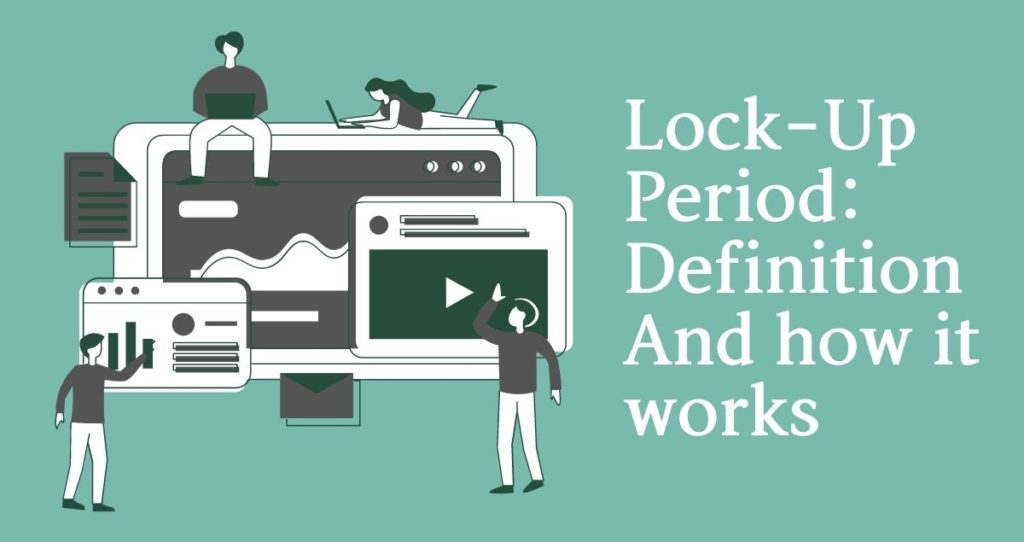What does a lock-up period means?
The lock-up period is a period where investors who owned shares of a company before its initial public offering(IPO) are prohibited from selling them after the IPO. Investors who are affected by the lock-up period include insider investors (CEOs, directors, managers, employees, etc.) or external individuals and entities who invested money in the company before the IPO.
How long is the lock-up period?
The lock-up time ranges from 90-180 days. This period varies from one company to another. After this period, investors (directors, CEOs, managers, regular employees, and external investors) can sell all or some of their shares. If a great number of shares are sold, the stock price can experience a pullback or a reversal in the trend.
What happens after the lock-up period?
After the lock-up time, investors who owned shares of the company before the IPO can freely sell them to the public. Should they choose to unload their shares and sell them? This could cause an unusual selling pressure and result in a downtrend.
Every stock reacts differently after its lock-up period. There are some stocks that continue their uptrend direction. This happens when investors are optimistic about the stock and kept most of their shares after the lock-up is lifted.
On the other hand, there are stocks that tank due to sell-off pressure created by the end of a lock-up time.
What are the benefits of a lock-up period?
The lock-up can benefit investors who owned shares of the company before its IPO if the stock price increases in value and stays up after the IPO. If the stock continues to go up, the value of their portfolios increase.

Another benefit of a lock-up time is the reduction of volatility. It is always difficult to predict the price movement of a volatile stock. As a result, many investors can lose money in the market due to volatility. A lock-up period will reduce the number of shares being sold in the market. This will reduce the stock volatility and protect many investors from majors losses.
What the are disadvantages of a lock-up period?
The lock-up period affects only investors that already owned shares of the company before the IPO. The main question is: What happens after the IPO?
Before the IPO, the company never traded its shares on the public market. This means that the true value of the stock is not known. Once the company goes public in the process known as IPO, the starting price is set by underwriters.
Although underwriters set the price of the stock, the market determines the actual value of the stock.
Some investors believe that the stock is worth more money whereas others think that it is overvalued. As a result, the stock will be more volatile after the IPO until the price reaches its equilibrium.

The volatility of the stock can push the price much higher than its IPO price which will generate more returns to investors with no restrictions on when to sell. If the stock comes back down, the post IPO investors would have made their profit (if they sold the stock on its peak). However, due to the lock-up period, pre-IPO investors will not be able to take advantage of these gains unless the stock price stays up.

At the same time, you will not be able to get out of the market if investors have pessimistic sentiments about the stock. For example, a stock could lose more than 50% of its value before you are able to sell your shares due to the lock-up period.









